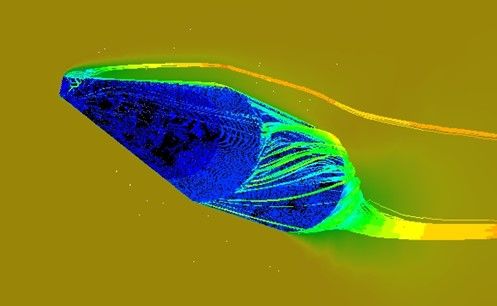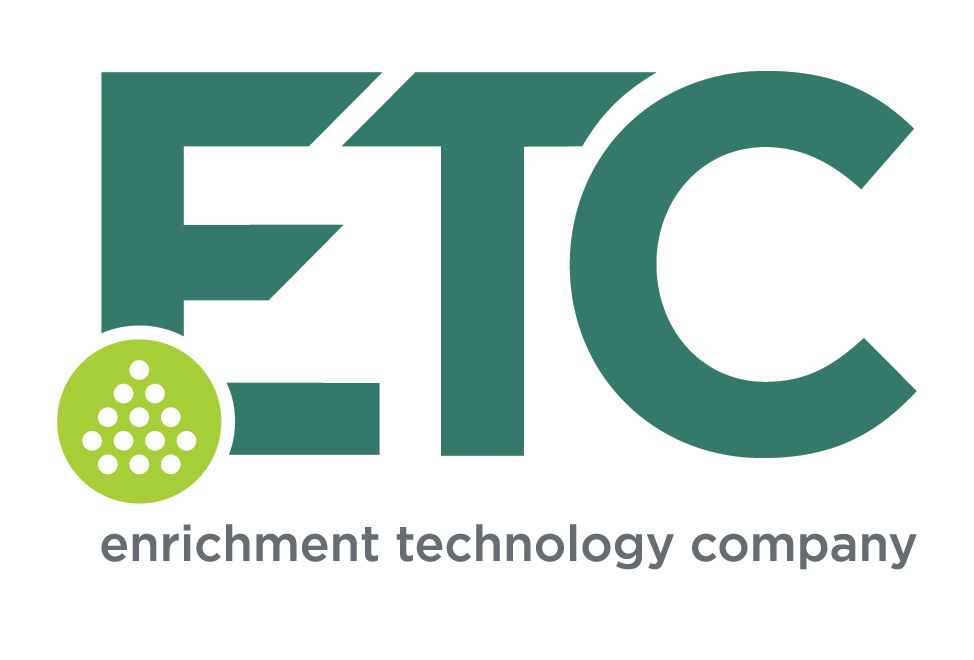Internship DLR
Department of System Analysis Space Segment
Design and development of a Lunar water extractor for ISRU
Water is an essential resource vital for supporting human life and establishing sustainable practices in space. The advancement of In-Situ Resource Utilisation (ISRU) technologies has enabled sustainable space exploration. Water holds immense potential as a valuable asset for deep space missions, serving as consumables for astronauts and as a foundational component for creating rocket propellants. During my internship at the German Aerospace Center in Bremen, my main responsibility involved the design and development of extraction technologies specifically aimed at extracting Lunar water. It is crucial to keep in mind the significant challenge posed by the Lunar environment and the exceptionally poor thermal properties of Lunar regolith. The extraction of water from regolith has been achieved through a process of sublimation within a thermal reaction chamber, marking a significant milestone in the project called LUWEX [1]. LUWEX is a project funded by the European Union that aims to validate technologies for the extraction and purification of Lunar water. To ensure optimal performance, the design of the reaction chamber has been optimised, ultimately resulting in a configuration comprising 7 cylindrical heating elements with a radius of 0.01 m. Extensive simulations conducted using COMSOL Multiphysics have yielded promising results. On Earth, the extraction process takes approximately 6.4 days, with the sample in the reaction chamber consisting of Lunar regolith and 5% initial water content. By implementing 500 W of heat, over 700 grams of water can be successfully extracted. Notably, the research findings indicate that water extraction can be achieved even at ambient temperatures as low as 80 K. These advancements in ISRU technologies and water extraction techniques are crucial steps towards enabling sustainable space exploration and supporting long-duration missions beyond Earth.

Lunar water extraction for the development of ISRU technologies.


























Comments
Log in to read and post comments